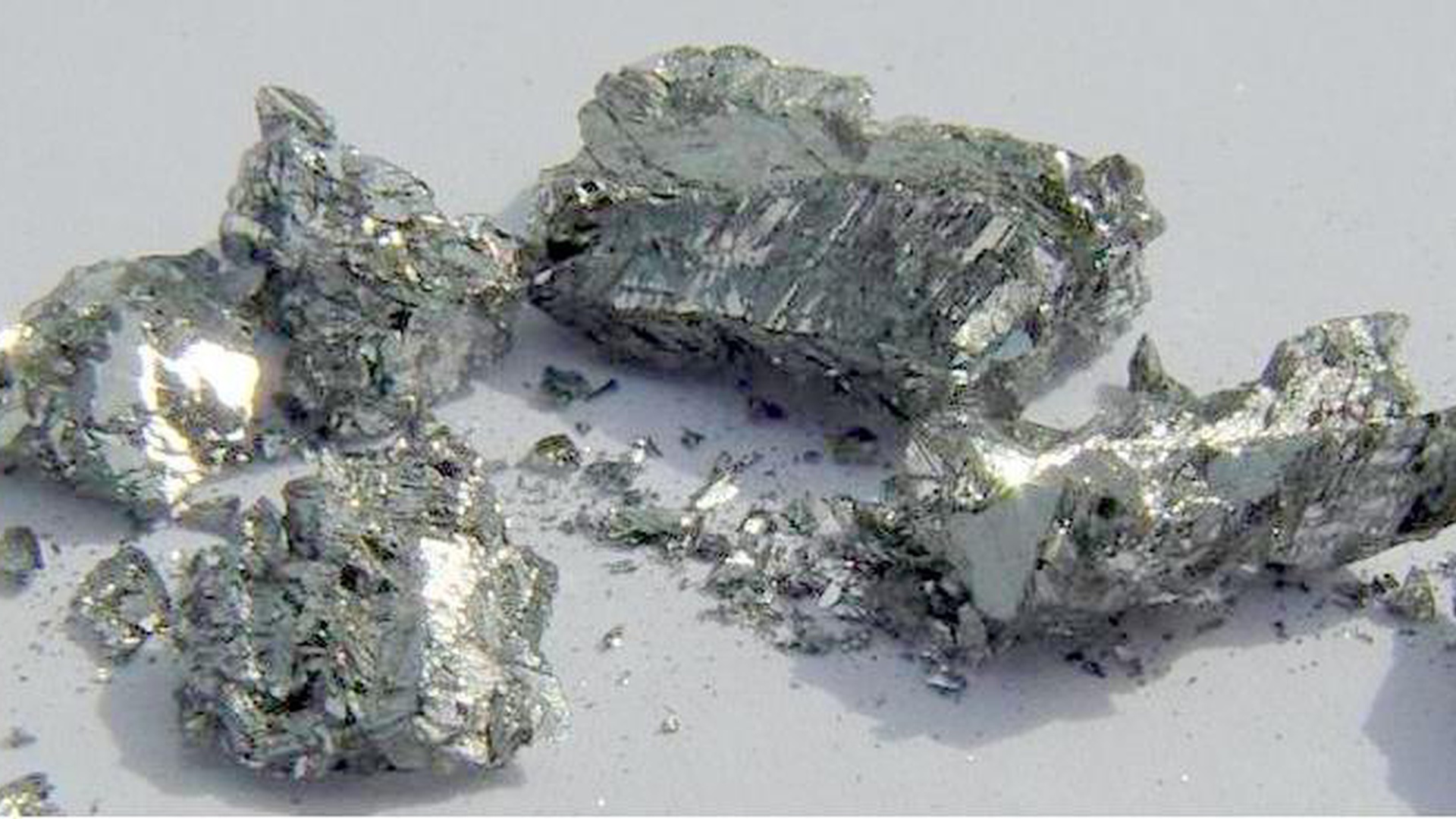

The U.S. Department of the Interior (DOI) has expanded its list of “critical minerals” to include ten new materials, among them copper, silver, and metallurgical coal. The updated 2025 list, compiled by the U.S. Geological Survey (USGS), now contains 60 minerals deemed essential to national security, economic stability, and the energy transition.
The new additions mark a strategic pivot in Washington’s mineral policy and strengthen federal efforts to secure domestic supplies for defense, manufacturing, and clean energy infrastructure. The list will guide future U.S. tariff policy, determine eligibility for federal incentives and permitting fast-tracks, and signal long-term government priorities to investors. “This list is a signal to the market about what the U.S. government is prioritizing,” said Gracelin Baskaran, Director of the Critical Minerals Security Program at the Centre for Strategic and International Studies. “It will be easier to line up government support for a mineral designated as ‘critical.’ ”Among the most high-profile additions, copper and silver stand out for their widespread industrial applications and economic implications.
Copper has emerged as a critical mineral amid the growing demand associated with the clean energy transition. Recognized for its essential role in electric vehicles, power grids, data centers, and various electronics, copper production in the U.S. faces significant challenges. These include lower ore grades and high mining costs, which render domestic copper extraction relatively unprofitable. Freeport-McMoRan, the leading copper producer in the nation, operates seven mines and is one of only two American copper smelters. CEO Kathleen Quirk has long advocated for copper's inclusion on the critical minerals list, emphasizing that this designation could lead to over $500 million in annual tax credits through the Inflation Reduction Act. Quirk has pointed out that while they are not seeking handouts, the government needs to acknowledge that domestic ore grades are not on par with those found internationally.
In addition to copper, silver has surprisingly made its debut on the critical minerals list due to its importance in electronics, solar panels, medical technologies, and investment markets. With the United States importing nearly two-thirds of its silver supply, it faces exposure to market volatility and potential geopolitical disruptions. Analysts are cautious, as the possibility of protective tariffs looms, although the situation remains ambiguous. Suki Cooper from Standard Chartered noted the murky status regarding potential tariffs, especially since some customs codes for silver might be exempt, complicating the outlook. Nevertheless, fears over possible supply restrictions have already spurred a significant increase in silver inventories in New York, reaching unprecedented levels and resulting in temporary shortages in London.
Another mineral gaining attention is metallurgical coal, necessary for producing coke in steel manufacturing. Its inclusion on the updated list aligns with President Donald Trump’s ongoing support for fossil fuels and U.S.-based industrial production. Despite the U.S. remaining a substantial producer of metallurgical coal, recent market conditions have been difficult, exacerbated by a 15% tariff imposed by China on U.S. coal imports. Officials are hopeful that classifying it as a critical mineral will facilitate federal support for reopening mines and securing jobs in local mining communities.
Moreover, the list has also expanded to include uranium, potash, phosphate, rhenium, boron, silicon, and lead, all of which play crucial roles in various sectors—from agricultural fertilizers to jet engines and nuclear power generation. Particularly noteworthy are potash and phosphate, which are essential for global crop production and were previously omitted from the 2022 minerals list. Their reinstatement underscores the critical need for stable supplies to ensure food security. Corey Rosenbusch, CEO of The Fertilizer Institute, emphasized the vital nature of these minerals for maintaining a stable food supply and feeding communities effectively.
The critical minerals list is issued every three years and serves as a foundational strategy document for U.S. mineral policy. It influences decisions on national stockpiles, research funding, and fast-tracked mining permits. It also provides a clear road map to investors and signals Washington’s commitment to building supply resilience in the face of intensifying global competition for raw materials.
Doug Burgum, Secretary of the Interior, emphasized the list’s geopolitical role: “It provides a clear, data-driven road map to reduce our dependence on foreign adversaries, expand domestic production, and unleash American innovation.”
China currently dominates global refining of many critical raw materials, raising alarm across the U.S. defense and industrial sectors. The Biden-Trump administrations—despite political differences—have both pushed to reduce import dependency from geopolitical rivals. The recent list expansion reflects bipartisan acknowledgement of this national security risk.
Not all stakeholders view the move positively. Environmental groups, such as Earthjustice Action, criticize the administration’s policy for placing industry objectives over environmental and community protections.
Cameron Walkup of Earthjustice warned, “The administration is ignoring economics, violating the law and opening the door for agencies to rubber-stamp projects… Instead of prioritizing corporate profits, we should focus on real solutions, like scaling up recycling and updating our mining laws.”
The updated list affirms the U.S. government's intensifying focus on resource independence and positions domestic mining as a key pillar of national resilience. Yet, the path forward involves tough balancing acts between economic security and environmental responsibility, between global cooperation and domestic self-sufficiency. As the U.S. braces for a resource-hungry future fueled by clean energy demands, the designation of minerals like copper and silver as “critical” underscores an undeniable reality: in geopolitics and markets alike, whoever controls mineral supply chains controls the future.